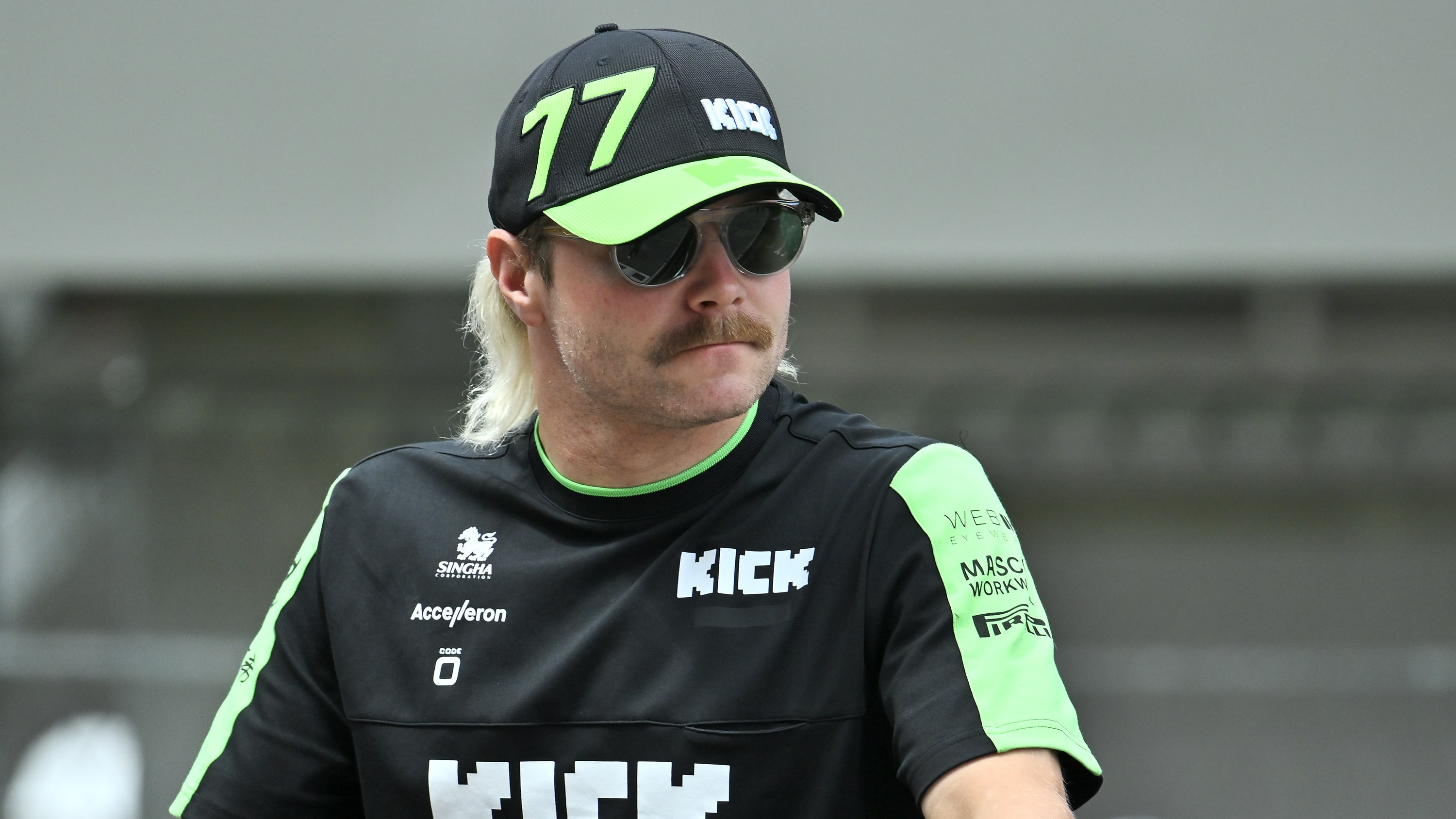RX-7 vs RX-8: Rotary Design Evolutions in Aero and Tuning
RX-7 or RX-8? Explore how Mazda evolved rotary design through aero, chassis tuning, and styling between these two iconic models—and which better suits your build.

TL;DR – Key Differences in a Nutshell
-
RX-7 FD3S is lighter, rawer, and more iconic among tuners.
-
RX-8 offers improved balance, modern refinements, and a broader platform for aero customisation.
-
Both cars have rotary hearts, but their approach to handling and tuning is worlds apart.
The Legacy of the RX-7 FD3S
Let’s begin with the machine that defined Mazda’s rotary legacy—the RX-7 FD3S. Produced from 1992 to 2002, the FD was a spiritual successor to the light, nimble sports coupes of the '80s, but with aerospace aesthetics and a twin-turbocharged 13B-REW engine tucked beneath a sculpted bonnet.
The FD3S wasn’t just fast—it was precise. With a curb weight under 1,300kg, perfect 50:50 weight distribution, and a compact wheelbase, it was a dream platform for aggressive driving and bespoke tuning. Builders like Jay Milla and Chris Johnston have turned their RX-7s into works of art—highlighting the platform’s aerodynamic simplicity and balance.
But that minimalism had downsides. The FD's tight cabin, lack of practicality, and rotary reliability issues meant it was a car for the dedicated few. Still, from the street to the circuit, the RX-7's raw energy made it a darling of drift scenes, time attack events, and JDM show builds alike.

Enter the RX-8: Rotary’s Modern Rebirth
When the Mazda RX-8 debuted in 2003, it raised eyebrows. Gone was the twin-turbo setup. In its place: a naturally aspirated Renesis engine and a unique 2+2 layout with rear suicide doors. Mazda had broadened its ambitions—aiming for a daily-drivable sports coupe that maintained rotary character but delivered modern comfort and usability.
At first glance, the RX-8 seems less hardcore—but look deeper. The chassis is stiffer than the RX-7’s, it features a near-perfect front-midship layout, and steering feedback is razor-sharp. For tuners, this meant a more forgiving base for experimentation: coilovers, sway bars, and aero kits like the RE-Amemiya AD8 could be bolted on without gutting the car.
And while the Renesis doesn’t deliver the same punch as the 13B-REW out of the box, it responds well to tuning—and the aftermarket is growing. The RX-8’s affordability also means you’ll see more experimentation, from stance builds to V8 swaps like in this LS1-powered RX-7 with nitrous, blurring generational lines.
Aero Design: Sleek vs Sculpted
Visually, the RX-7 and RX-8 take different approaches to aero. The FD3S is a masterclass in 90s JDM styling—low, wide, with an integrated ducktail and flowing fenders. It almost doesn’t need a body kit, but when you bolt on something like a full RE-Amemiya kit, it becomes a pure expression of rotary design.
The RX-8, by contrast, is more sculpted—its high beltline, modern lighting, and unique door configuration present a different canvas. Its curves are tighter, its front end more blunt, and the side profile less aggressive. Aero parts need to work harder to create visual drama. That’s why tuners often go bolder: think vented bonnets, aggressive rear diffusers, and flared fenders.
Where the RX-7 excels in purity, the RX-8 wins on adaptability. Kits like those featured in JDM Widebody Kits That Transformed Iconic Cars show how RX-8s can evolve into completely unique builds.

Tuning Styles: Purist vs Versatile
Tuning an RX-7 often follows a reverent path—RE-Amemiya, FEED, Knight Sports—iconic names that cater to owners chasing period-correct, high-performance parts. Because of the car’s age and prestige, most RX-7 builds are either show-quality restorations or high-spec track weapons. Think hard-mounted bucket seats, standalone ECUs, rotary rebuilds with bridge porting or single-turbo conversions.
The RX-8, meanwhile, encourages experimentation. Some go for naturally aspirated tuning, porting the Renesis for a little extra scream. Others opt for turbo kits or engine swaps—some even dropping in 20Bs or LS V8s. Andrew Ilbegi’s RX-7 R1 is a great example of the kind of extreme, detail-oriented tuning the rotary world can inspire—no matter the generation.
Suspension-wise, both cars benefit from quality coilovers and bracing. However, the RX-8’s stock chassis rigidity gives it a slight edge for street use. It handles flatter, rides better out of the box, and doesn’t require the same level of chassis stiffening unless you’re going track-only.
Which Rotary Should You Build?
If you want a platform steeped in heritage, rawness, and tuner legend—go FD3S. It’s lighter, sharper, and more respected in hardcore tuning circles. But expect a steep entry price, both financially and mechanically.
If you want something more modern, affordable, and daily-friendly with strong tuning potential—go RX-8. It’s the thinking man’s rotary: unique, underappreciated, and full of character. Plus, its versatility opens doors to creativity that would make purists faint.
Want to get inspired? Dive into builds like Christopher Calden’s RX-7 or explore the future of rotary tuning in our feature: The Return of Rotary: What Mazda’s Future Means for RX Builders.
And for full deep dives, pick up Stance Auto Magazine’s Japanese Classic Cars Vol2 or the Modified Car Magazine JDM Issue—both packed with rotary builds that show the love, pain, and payoff behind these unique cars.
Call to Action
Do you have a build story like this one? Got a build on a budget? We want to see it. Submit your story to Stance Auto Magazine, and you could be the next featured owner showing the world how to do it right—without breaking the bank.
And hey, don’t forget to tag us on socials. Use #stanceautomag on Instagram, Pinterest and Facebook so we can see (and maybe feature) your ride.

Order Your Car Magazines From Our Amazon Book Store
Get Noticed Use our Hashtags - #stanceauto #stanceautomag #stanceautomagazine #modifiedcarmagazine
UKTM no: UK00003572459
 Like
0
Like
0
 Dislike
0
Dislike
0
 Love
0
Love
0
 Funny
0
Funny
0
 Angry
0
Angry
0
 Sad
0
Sad
0
 Wow
0
Wow
0

























































































.png)












![[HOONIGAN] Ken Block's GYMKHANA NINE](https://img.youtube.com/vi/_bkX5VkZg8U/maxresdefault.jpg)



































































































































